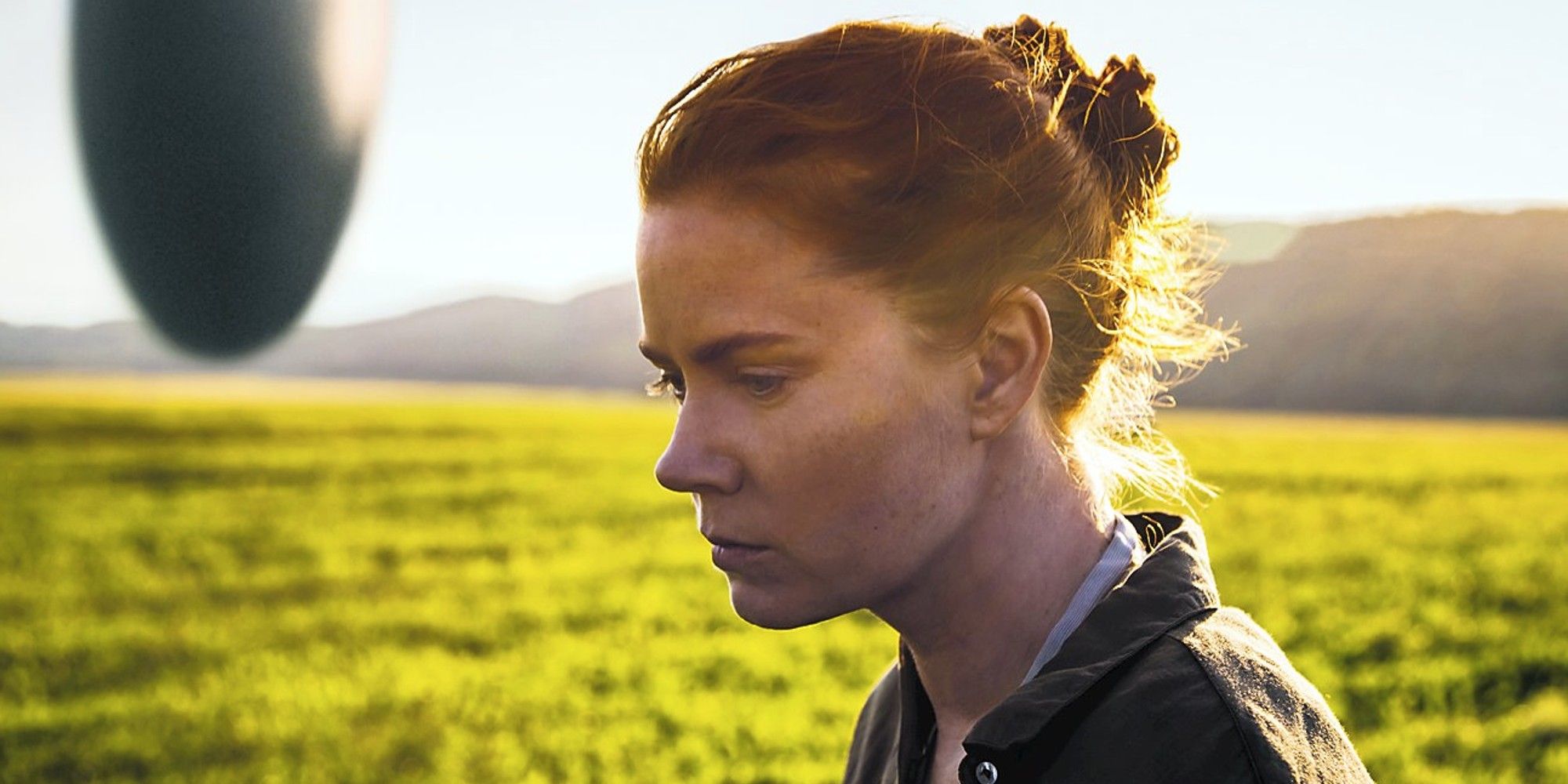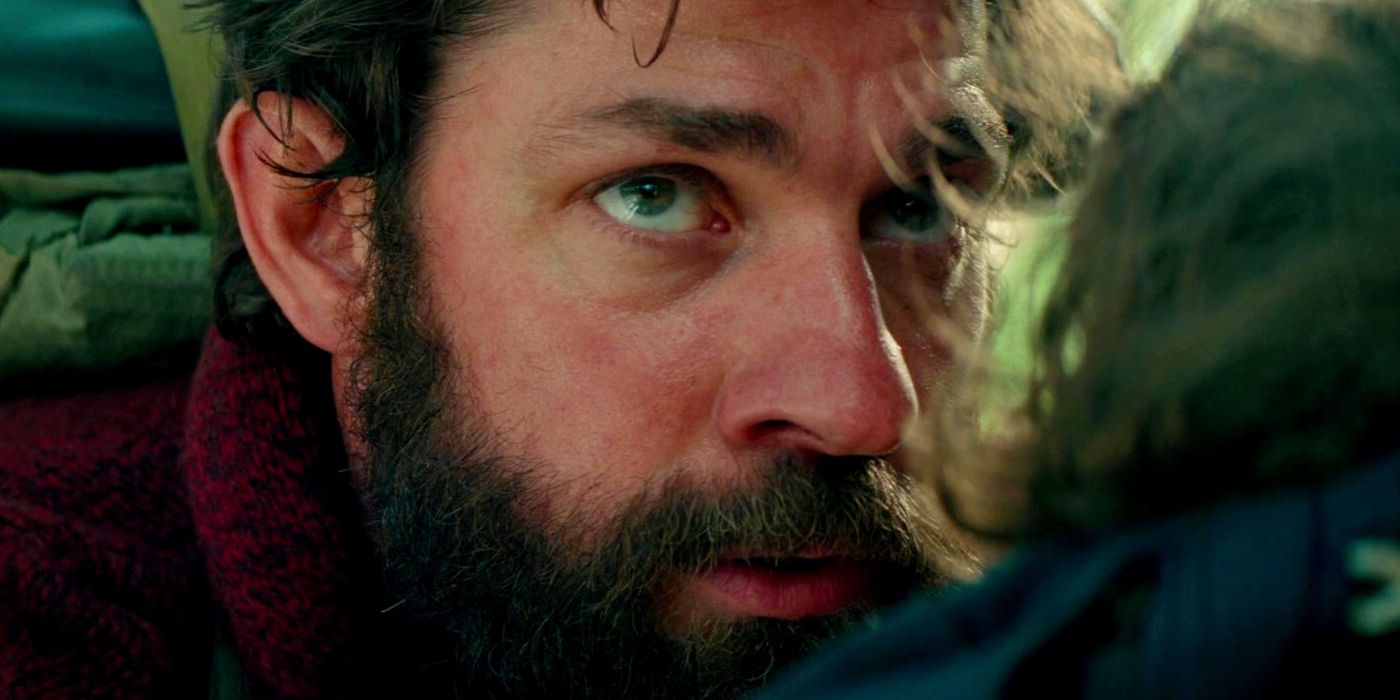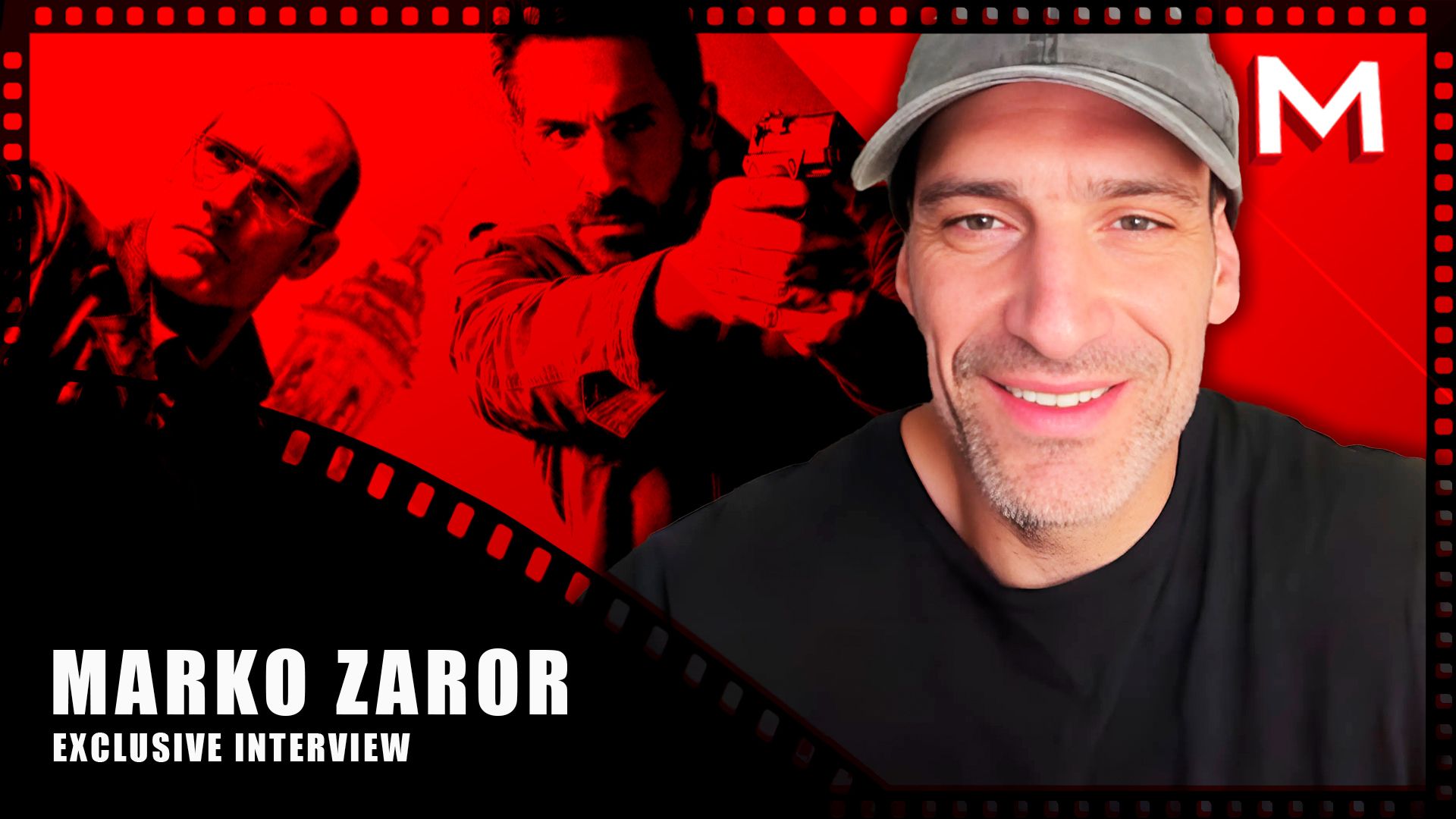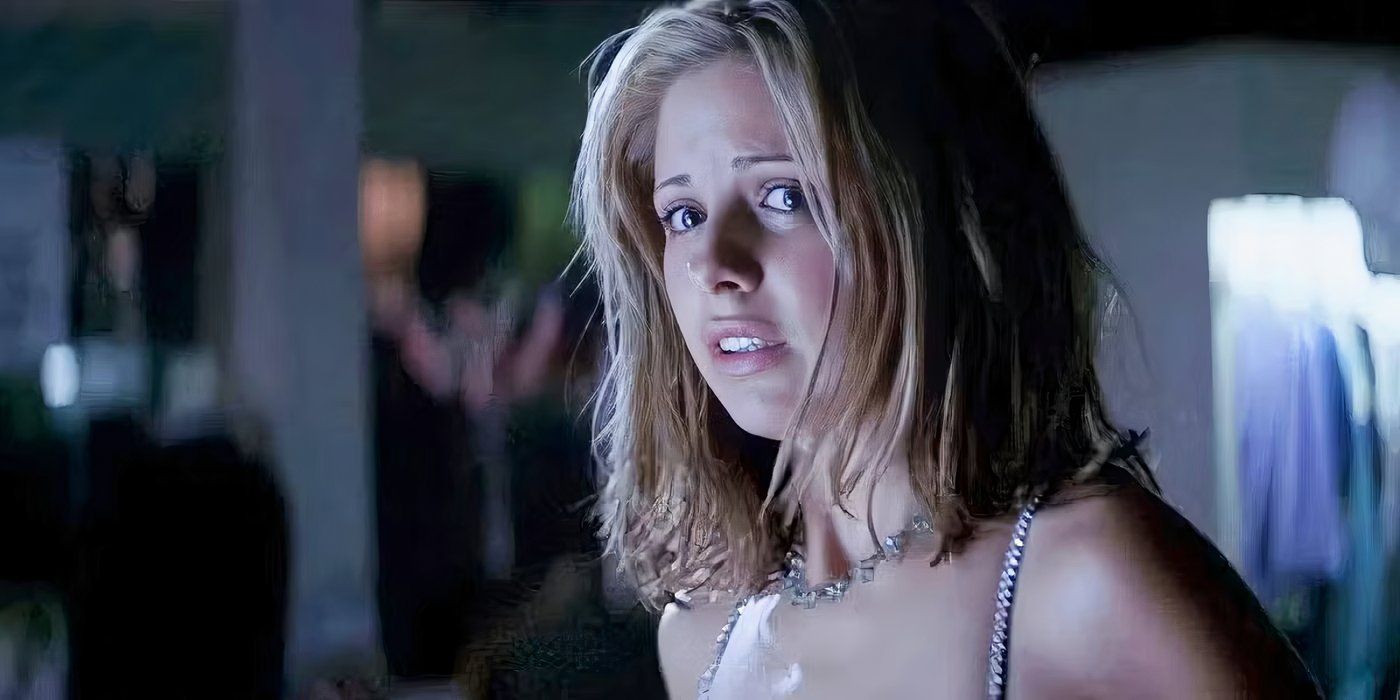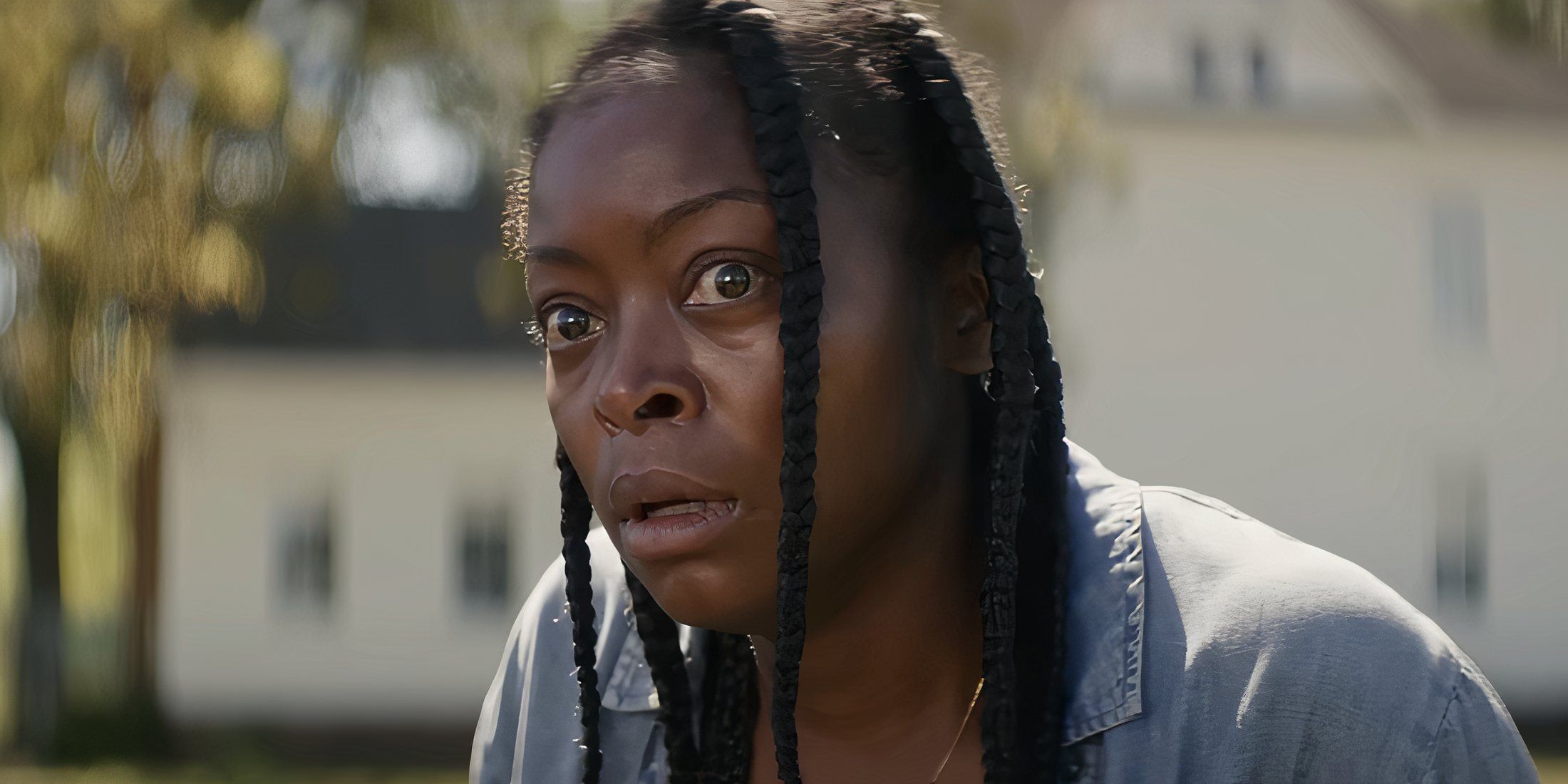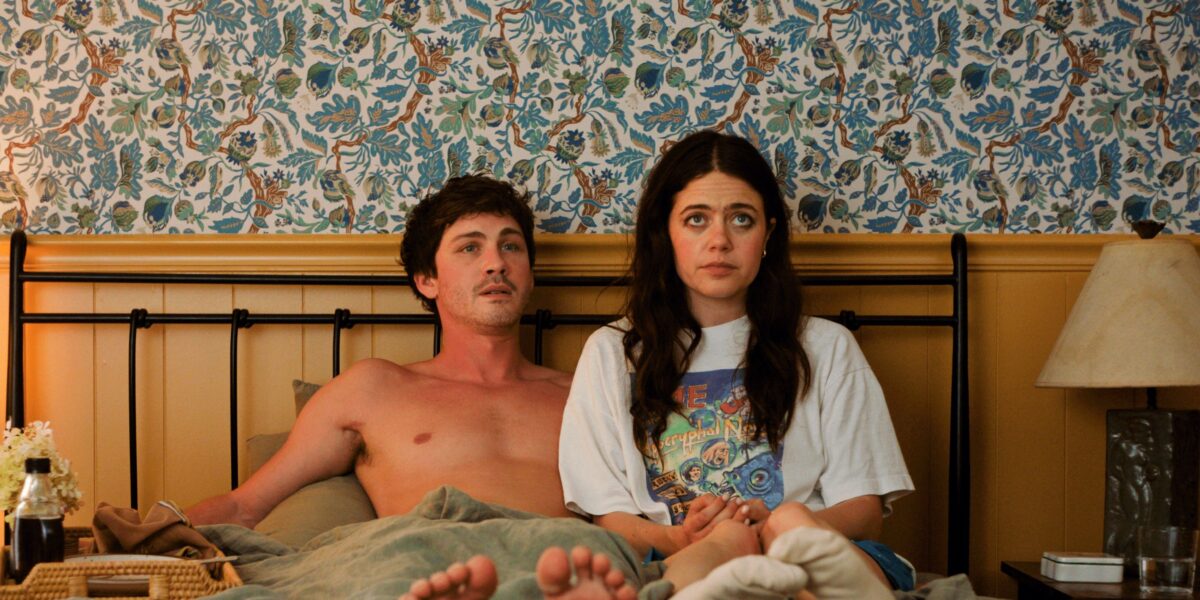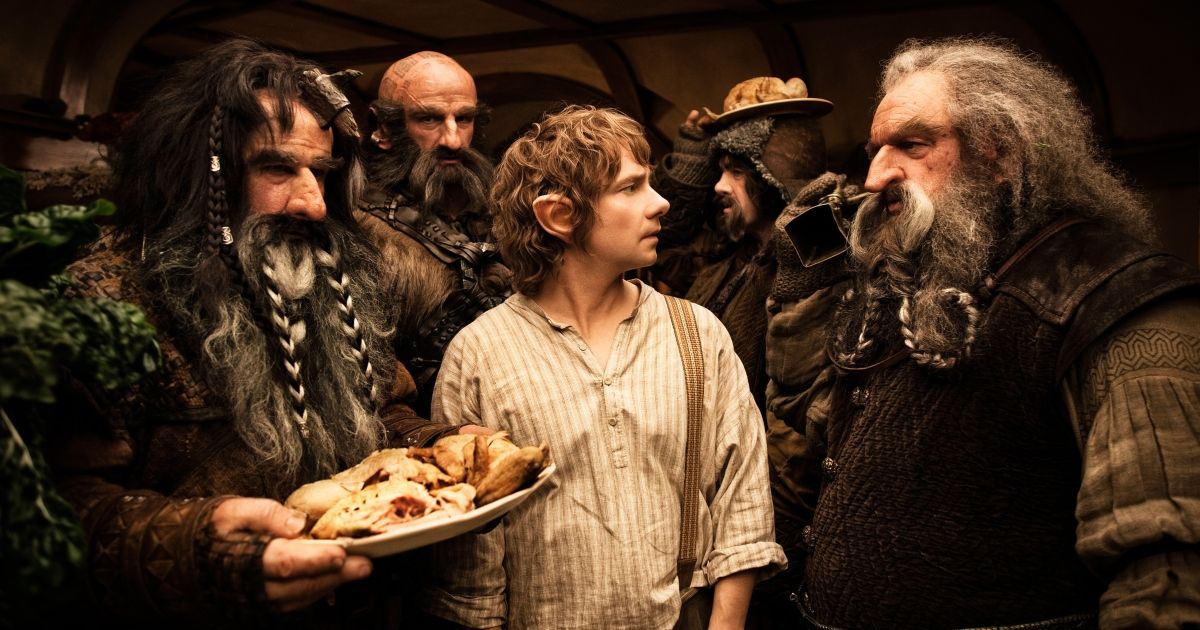
Why Movies Are Locked at a Pathetic Frame Rate
Oct 30, 2023
Summary
Movies are losing the technological war, with gaming rigs offering much higher frame rates than traditional films, but higher frame rates have not been widely embraced by audiences or studios. The current standard of 24 frames per second in movies is a compromise between picture clarity and financial feasibility, but advancements in digital video have made it a more user-friendly option. Breaking the 24 frames-per-second barrier has been attempted before, but the public reaction has been lukewarm, suggesting that audiences are accustomed to the slower rate and may find higher frame rates unnatural and distracting.
With a few exceptions (Avatar and its sequel, The Way of Water, most famously), movies are losing the technological war, and there’s a good chance you’ve never fully thought about it. While you watch the latest ultra-cinematic Martin Scorsese movie at 24 frames per second, the kid next door’s gaming rig probably does 10 times that number. Though not technically the same thing, frame rate is usually expressed in hertz, the number of images projected per second onto your screen. On a phone, television, or computer monitor, this refresh rate is customarily measured in increments of 30, the number only limited by your phone’s computing power or your screen’s build specifications.
In a Facebook post, The Hobbit director Peter Jackson hailed the move to 48 frames as an advancement whose time had come. “There’s no reason whatsoever to stick to 24 fps. We didn’t get it perfect in 1927. Science tells us that the human eye stops seeing individual pictures at about 55 fps.” He wasn’t the first to venture past 24. Ground-breaking visual-effects whiz Douglas Trumbull dove headlong into 60 frames when he debuted his very own format, Showscan, in 1978. He thought it was the future of entertainment. Audiences begged to differ, Showscan fading into oblivion.
Do we take it for granted that a movie is a set size and speed? Or are we wired for it?
Smooth Criminals
Warner Bros. Pictures
There is technology that allows users to transfer a lower-frame rate video clip into a higher frame rate. It’s iffy at best. In the frame-interpolation process, the screen produces a blurred look, as it replicates 60, 120, or more frames a second, with only a fraction of the necessary information needed to fill in the gaps.
The “motion smoothing” effect has been compared to rubbing Vaseline on the camera lens for the dull haze it creates. In doing so, it more often than not does so badly, especially when 30 frames is upscaled by beefy 240Hz panels. Sophisticated modern AI can improve the guessing game somewhat, but it remains an imperfect system, and one you will likely notice, the screen forced to produce images that do not exist in reality. Nothing beats the real thing. Probably better to not fiddle with the classics.
Related: New Distributer, Film Masters, to Restore Cult Movies to Their Former Glory
Dollars Per Frame
Columbia TriStar
The number 24 (30 for TV) is not arbitrary, nor does it have anything to do with our biological threshold to perceive a set number images per second. The venerable 24 frames-a-second rate is supposedly the ideal compromise between picture clarity and financial feasibility. Shooting on film is expensive. Production companies would have loved to cut corners, but 24 was the lowest rate they could go. The phrase “cinema is truth 24 frames-per-second,” is often attributed to Jean-Luc Godard, who was commenting on the magic of movies to capture real life. He was mostly right. Any more “truth,” and every studio would’ve gone bankrupt.
Luckily, or unluckily, depending upon on how you interpret it, there have been some work-arounds. Soap operas use digital video, a choice made purely for financial reasons not artistic ones, as CNET notes. Video and film both present issues. Digital video is vastly more user-friendly, though purists insist it still does not have the “depth” or character. Old videotapes always had loss of quality, but were never intended to last. Advancements made the picture quality better by the decade. Most TV and news haven’t been shot on film stock for years for just this reason, and probably never will again. Real film is also troublesome to work with, Russian director Andrei Tarkovsky famously forced to rebuild a house he burned down to refilm its destruction because of a jammed camera.
Film stock is so obnoxiously unfriendly that most directors have happily dumped it in dust bin of history next to the puffy director pants. You can only use it if you have the resources of a major studio behind you. Great news for guys like Christopher Nolan and Quentin Tarantino brandishing IMAX and super-duper 70mm widescreen cameras, but untenable for anyone else. Begging the question: why are we still insisting on using the archaic 24 frames a second?
Related: Pan and Scan: A Look Back at the Worst Idea in Movie History
Breaking the Barrier
Paramount Pictures
Busting the 24 frames-per-second divide has been done a few times before, with only limited success or studio interest. Despite Paramount Studios celebrating Ang Lee’s Gemini Man — filmed at a comparatively blistering 120 fps — as the forerunner of the “most pristine and immersive format,” the public reaction was lukewarm.
Similar to the motion-smoothing fiasco that popped up in home entertainment systems, the move to higher rates also failed to engage viewers. Theatergoers who set eyes on Peter Jackson’s The Hobbit trilogy reportedly found the 48 frames per second unnatural and distracting. Higher frame rates have value in complementing 3-D effects, truly its greatest strength. However, that number is very low. After so many decades of watching films at a very specific speed, anything else would require much adaptation.
In Jackson’s defense, there is no inherent reason why one frame rate should reign supreme as the status quo. Furthermore, the old myth that the human eye can only see so many frames per second is not true. Turns out, Jackson could have cranked those cameras up to at 144 frames or higher if he was feeling frisky. Our eyes can see well past a paltry 55 (if you are incredulous and your screen supports higher frame rates, try the UFO test), but that is an entirely different rabbit hole.
We’ve become so accustomed to watching movies at a slow rate that anything higher our heads register aesthetically incorrect. Is Jackson in the right that the movie industry should move on already, and embrace the decades-old tech trends that other mediums take full advantage of? Or should we throw our weight behind purists like Tarantino, who is set firmly in their dedication to recapturing that feeling (and iconic look) of what made movies great? Would a film in IMAX in 200+ frames look so realistic that it would freak out viewers like it did the first filmgoers who thought a train was coming through the screen? Only one way to find out…
Publisher: Source link
Starz’s Steamy, Emotional Prequel Series Changes Everything You Knew About Jamie and Claire’s Love Story
With the end of Starz's epic adaptation of Outlander looming, the initial expectation might not have been that there was more story to tell — but fittingly, showrunner Matthew B. Roberts has gone back to the past as a way…
Aug 3, 2025
Seth Rogen’s Rom-Com-ish Apple TV+ Show Continues To Be A Good Hang
The second Apple TV+ series released this year that features Seth Rogen, “Platonic” season two definitely isn’t going to get the amount of insidery raves and Emmy nominations that “The Studio” received. Yet, after a first season that began a…
Aug 3, 2025
Sophie Brooks’ Attention-Grabbing Premise Beats The Discourse, Even With Shaky Execution
This age of modern dating, and its myriad uncomfortable situations and odd terms, has already spawned a number of movies aimed at capturing the difficulties of finding love today. Whether it's covering the strangeness of social media or the concept…
Aug 2, 2025
Leanne Morgan and Chuck Lorre’s Charming, Relatable Netflix Sitcom Will Have You Laughing Out Loud
With humble beginnings in booking comedy gigs and putting out comedy specials on YouTube, Leanne Morgan steadily climbed her way onto Netflix, where she released her stand-up special Leanne Morgan: I'm Every Woman in 2023. This year, she tried her…
Aug 2, 2025
